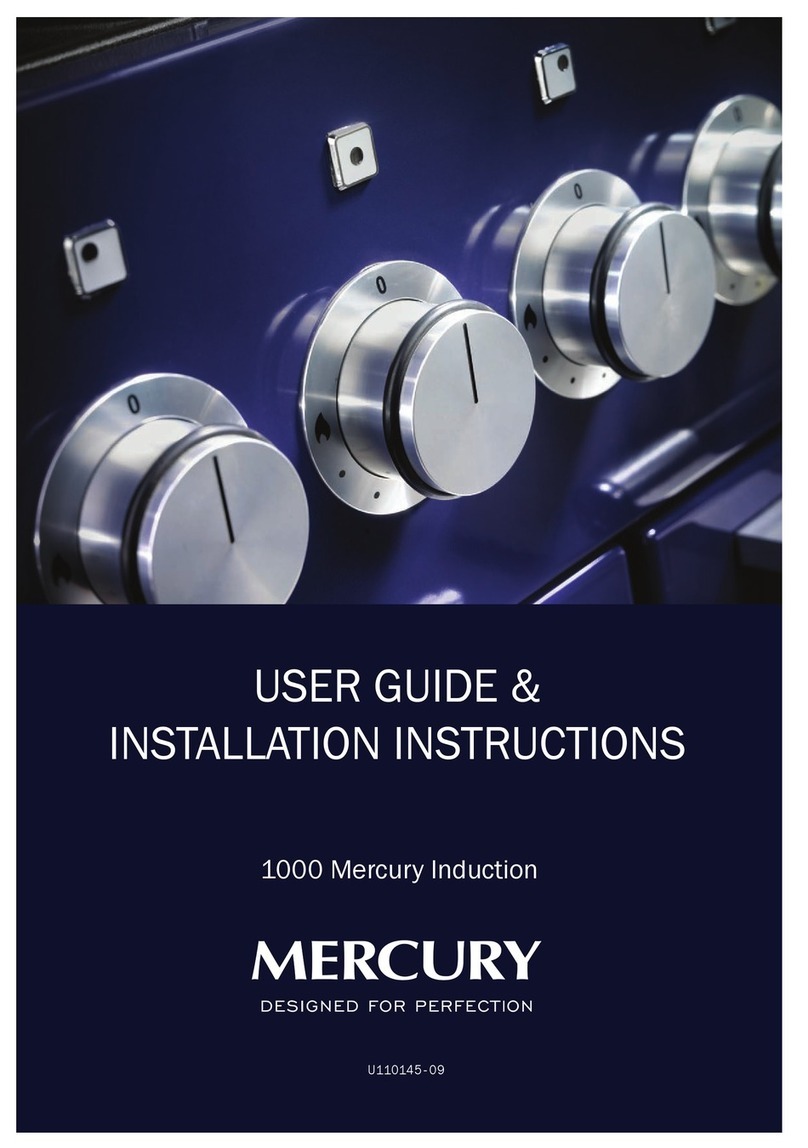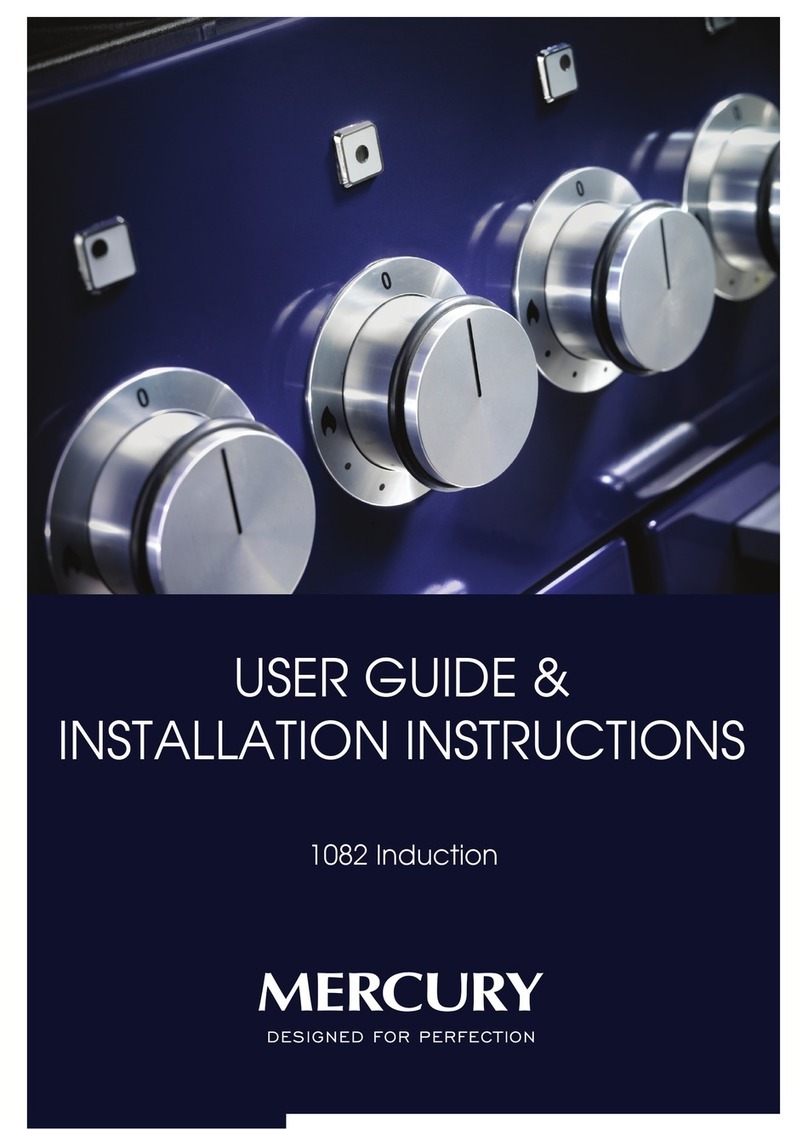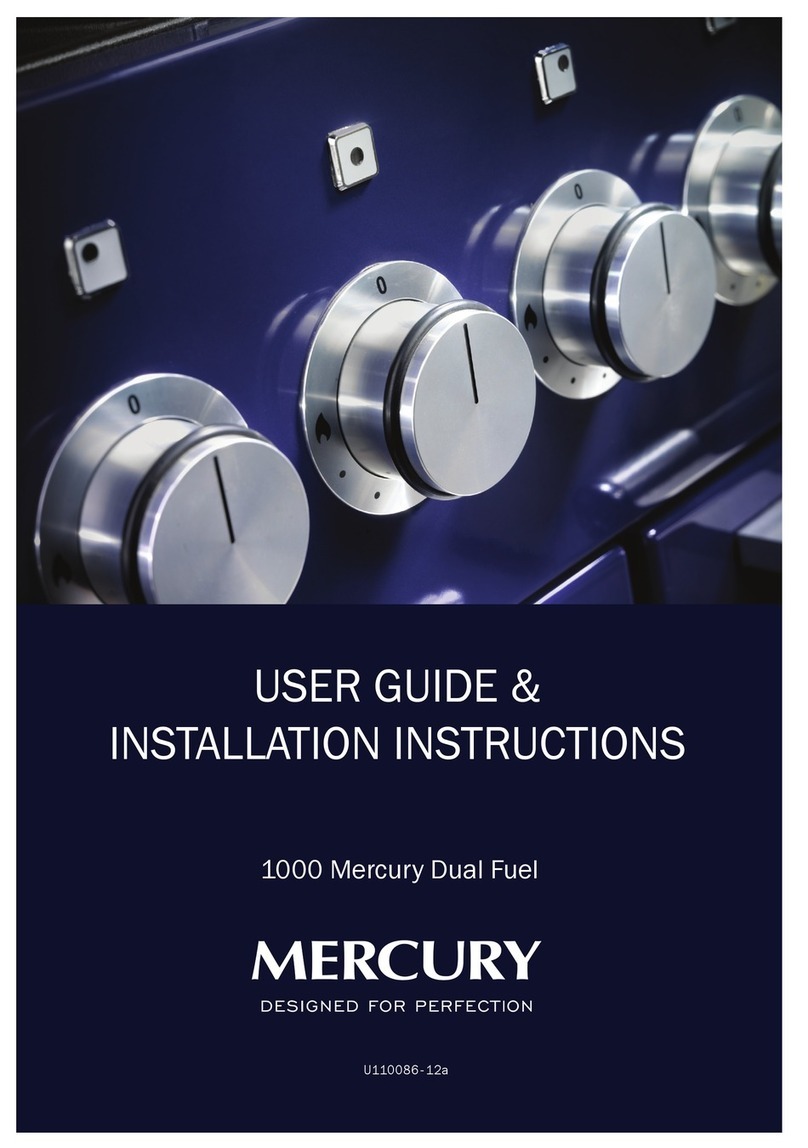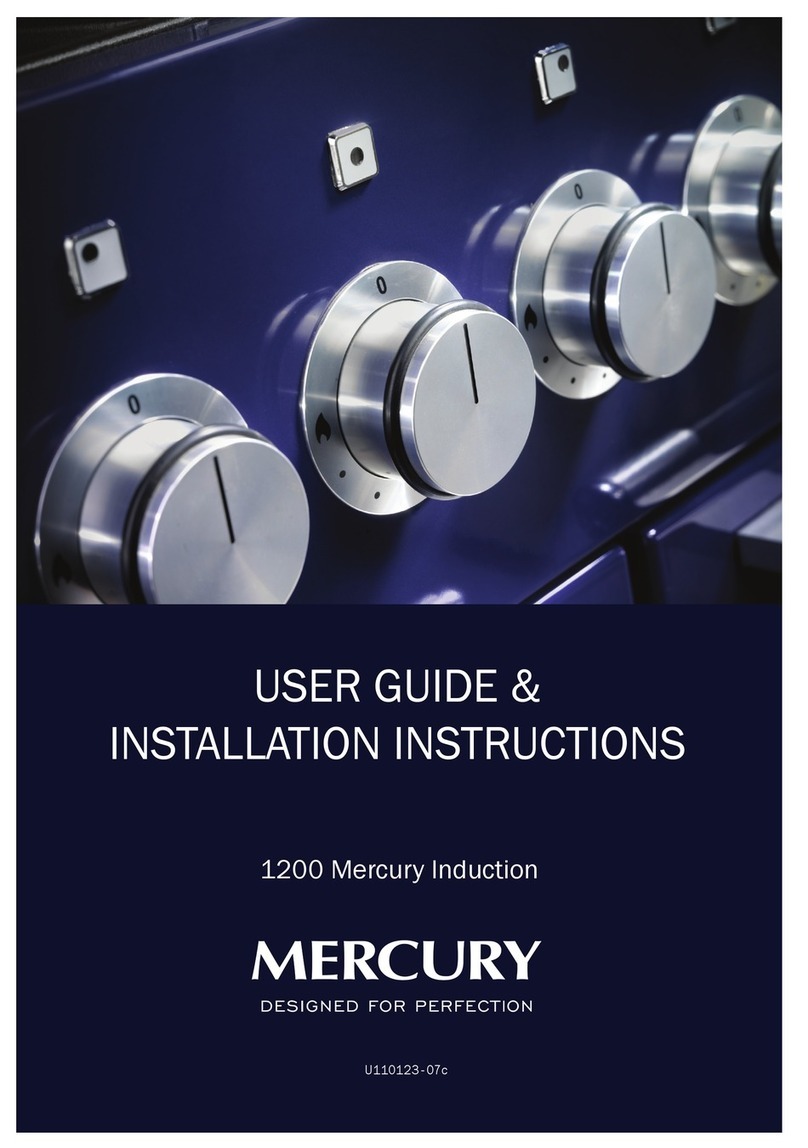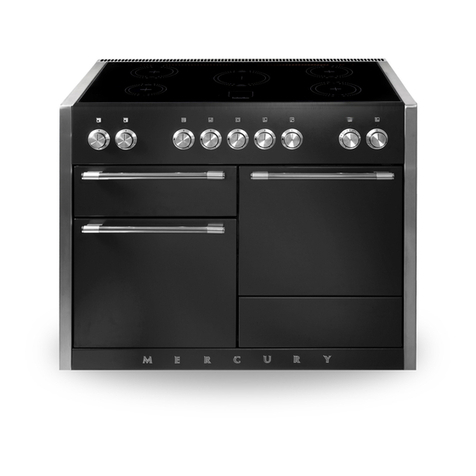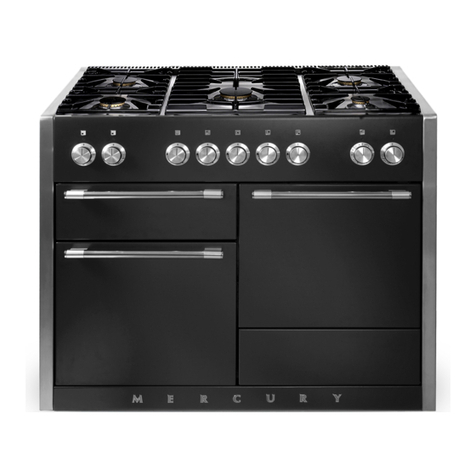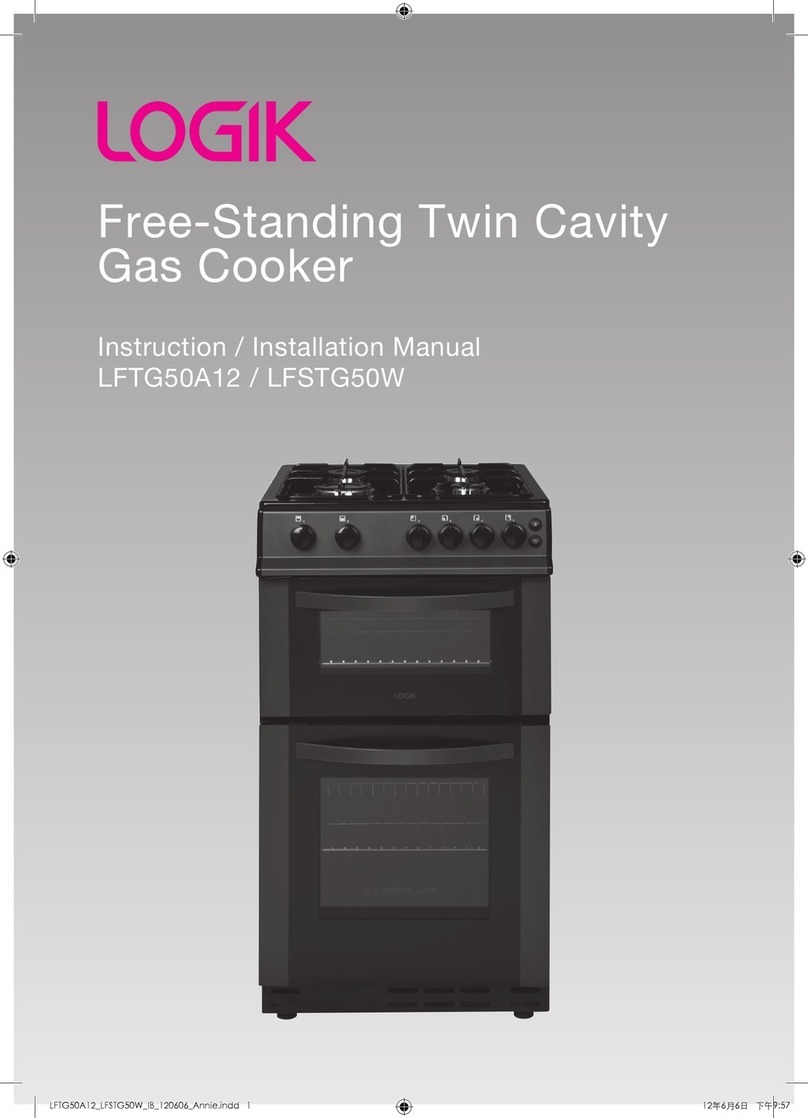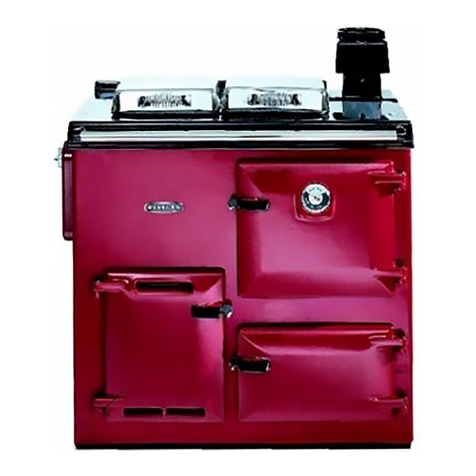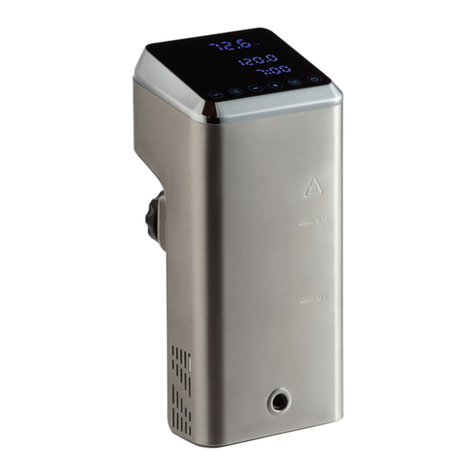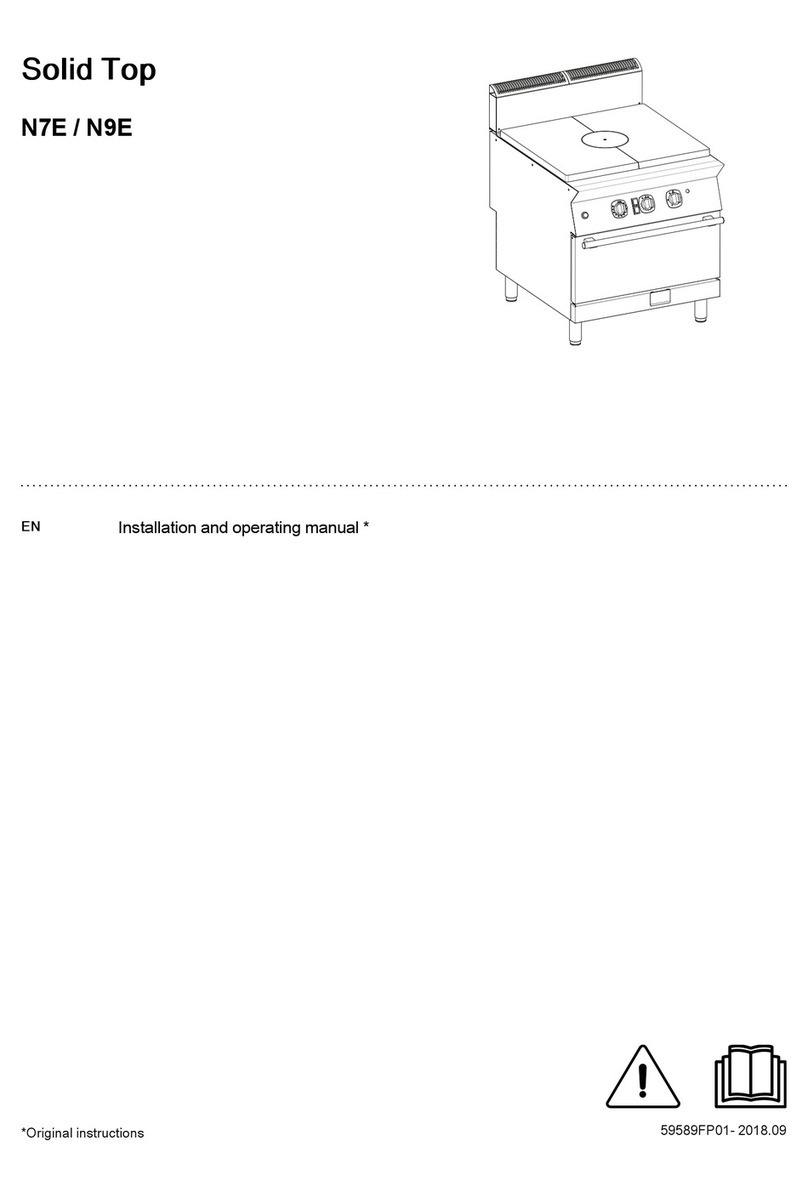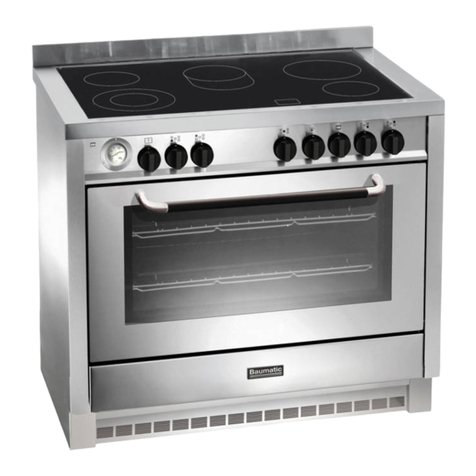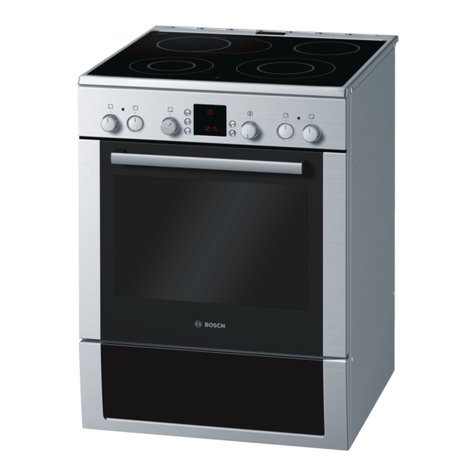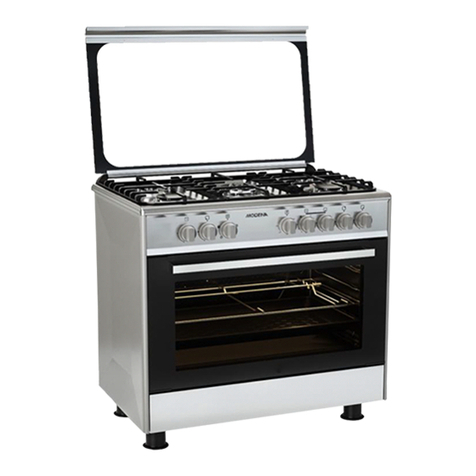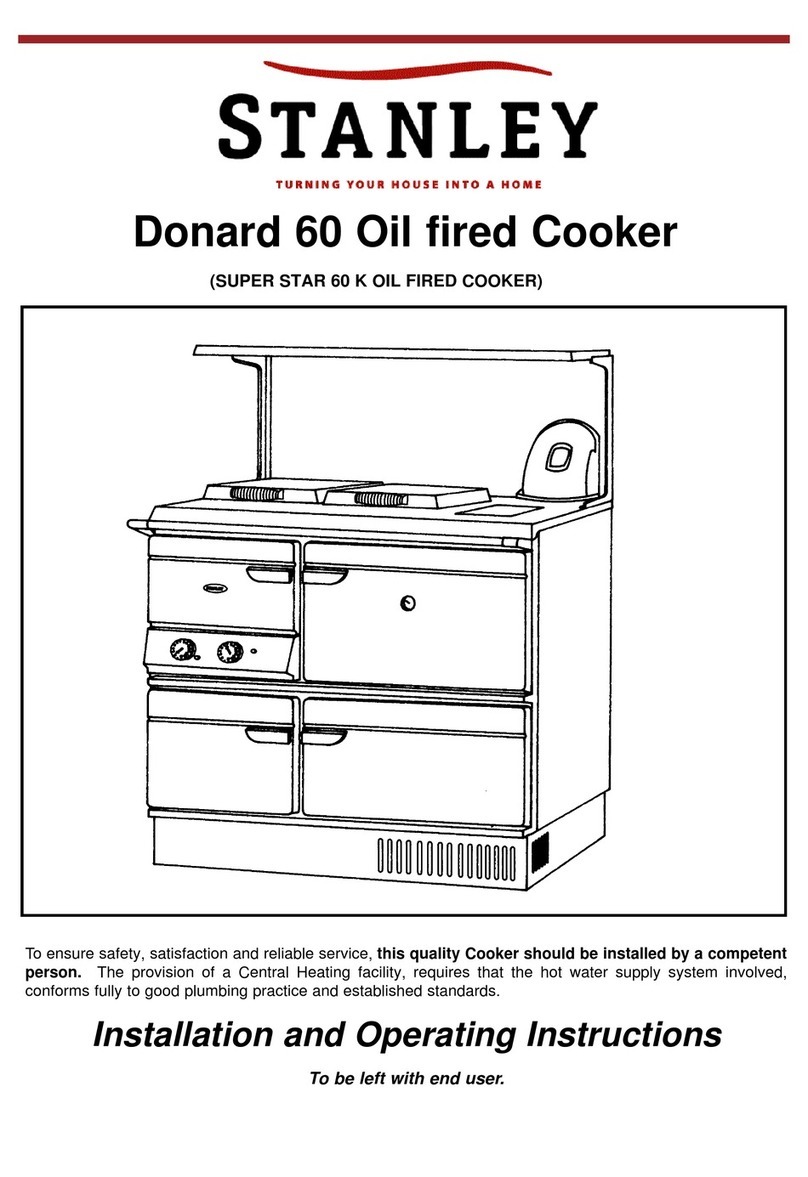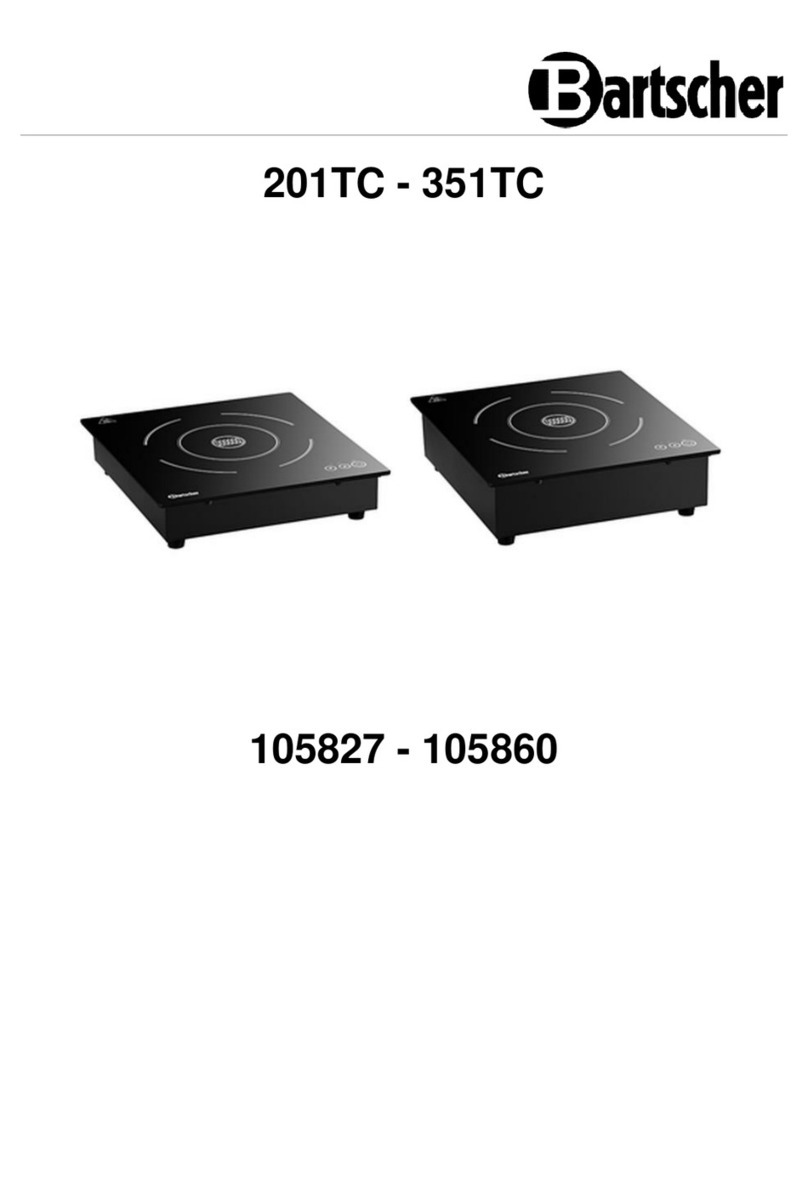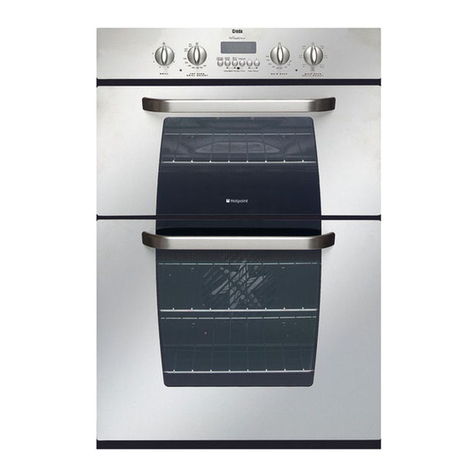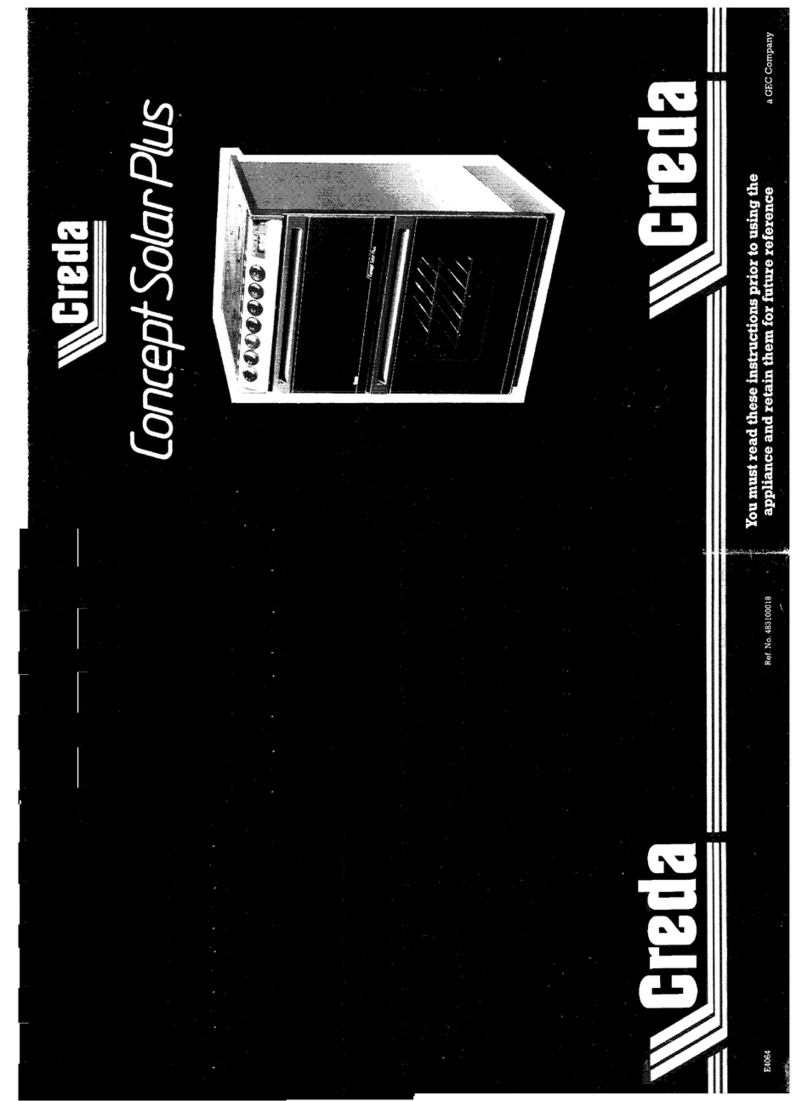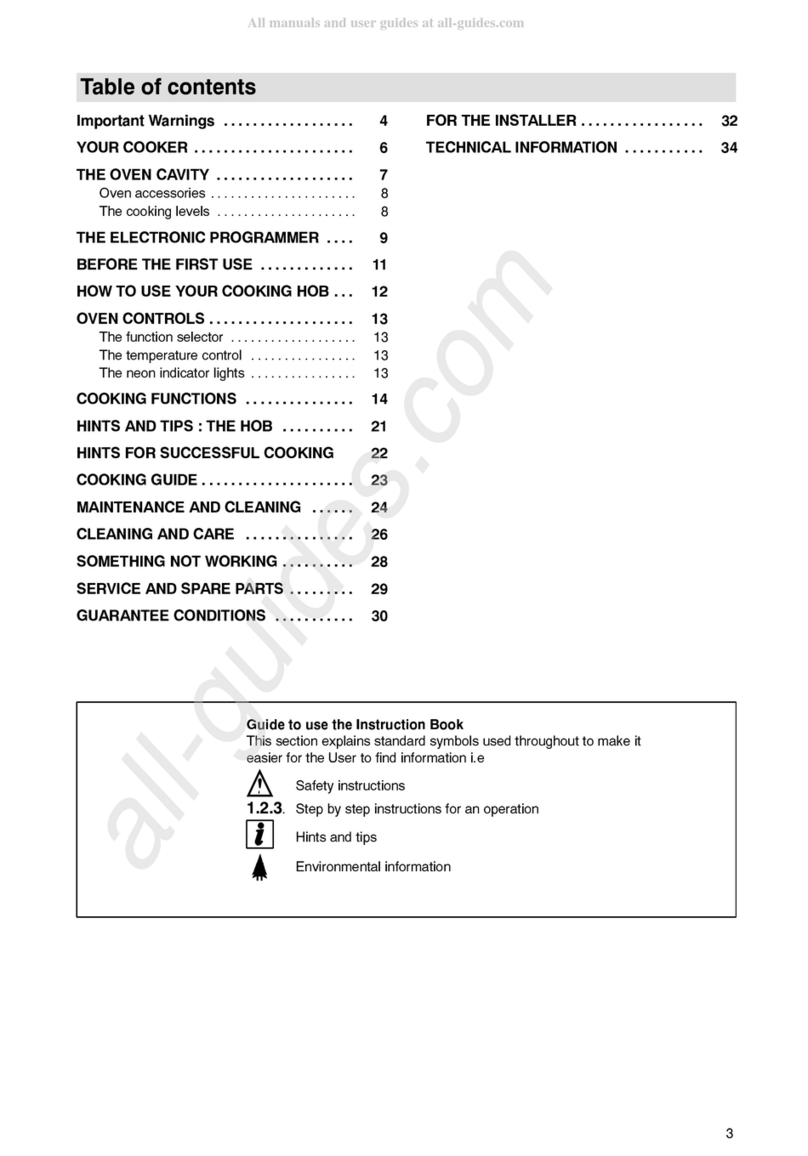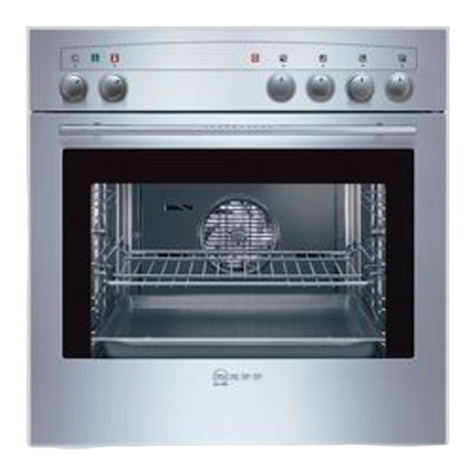
5
completely with a well fitting lid or baking tray. If
available, use a multi-purpose dry chemical or foam-
type fire extinguisher.
• Do not modify this appliance. This appliance is not
intended to be operated by means of external timer or
separated remote-control system.
• If flammable materials are stored in the drawer, oven(s)
or grill(s) it may explode and result in fire or property
damage.
Induction and Ceramic Care
• Important information for pacemaker and
implanted insulin pump users: The functions of this
hob comply with the applicable European standards
on electromagnetic interference. If you are fitted
with a pacemaker or implanted insulin pump and are
concerned please consult your doctor for medical
advice.
• When the hob is in use keep magnetic items away, such
as credit and debit cards, memory sticks, calculators, etc.
• Take care when touching the marked cooking areas of
the hob.
• Use adequately sized pans with flat bottoms that are
large enough to cover the surface of the hotplate
heating area. Using undersized pans will expose a
portion of the hotplate surface to direct contact and
may result in the ignition of clothing
• Only certain types stainless steel, enamelled steel pans
or cast iron pans with enamelled bases are suitable for
induction hob cooking.
• Take care NOT to scratch the surface when placing
cookware on the glass panel.
• Only certain types of glass, glass-ceramic, earthenware
or other glazed containers are suitable for hotplate
cooking; others may break because of the sudden
change in temperature. NEVER cook directly on the hob
surface (Fig. 1.1).
• DO NOT leave the hob zones switched on unless being
used for cooking.
• DO NOT stand or rest heavy objects on the hob.
Although the ceramic surface is very strong, a sharp
blow or sharp falling object (e.g. a salt cellar) might
cause the surface to crack or break (Fig. 1.2).
• Should a crack appear in the surface, disconnect the
appliance immediately from the supply and arrange for
its repair.
• Always LIFT pans off the hob. Sliding pans may cause
marks and scratches (Fig. 1.3).
• Take care when placing hot lids onto the hob surface.
Lids that have been covering boiling or steaming foods
can‘stick’ to the ceramic glass. Should this occur, DO
NOT attempt to lift the lid off the hotplate: this may
damage the hob surface. Instead, carefully slide the lid
to the edge of the hob surface and remove.
• DO NOT place anything between the base of the pan
and the hob surface (e.g. asbestos mats, aluminium foil,
wok stand).
• Take care NOT to place metallic objects such as knives,
forks, spoons and lids on the hob surface since they can
get hot.
• We recommend that you avoid wiping any surface unit
areas until they have cooled and the indicator light
has gone off. Sugar spills are the exception to this (see
‘Cleaning your Cooker’). After cleaning, use a dry cloth
or paper towel to remove any cleaning cream residue.
• The ceramic surface should be washed after use in order
to prevent it from becoming scratched or dirty. Clean
the hob with caution as some cleaners can produce
noxious fumes if applied to a hot surface..
• DO NOT leave the hob unattended. Care should be
taken to not allow your cookware to boil dry. It will
damage your cookware and Induction Glass Hob.
• After use, switch off the hob element by its control. DO
NOT rely on the pan detector.
Oven Care
• When the oven is not in use and before attempting
to clean the cooker always be certain that the control
knobs are in the OFF position.
• Use oven gloves to protect your hand from potential
burns.
• Cooking high moisture content foods can create a
‘steam burst’ when the oven door is opened (Fig. 1.4).
When opening the oven, stand well back and allow any
steam to disperse.
• The inside door face is constructed with toughened
safety glass. Take care NOT to scratch the surface when
cleaning the glass panel.
• Accidental damage may cause the door glass panel to
fracture.
• Keep oven vent ducts unobstructed.
• DO NOT use harsh abrasive cleaners or sharp metal
scrapers to clean the oven door glass since they can
scratch the surface, which may result in shattering of
the glass.
• Make sure the shelves are pushed firmly to the back
of the oven. DO NOT close the door against the oven
shelves.
• DO NOT use aluminium foil to cover shelves, linings or
the oven roof.



